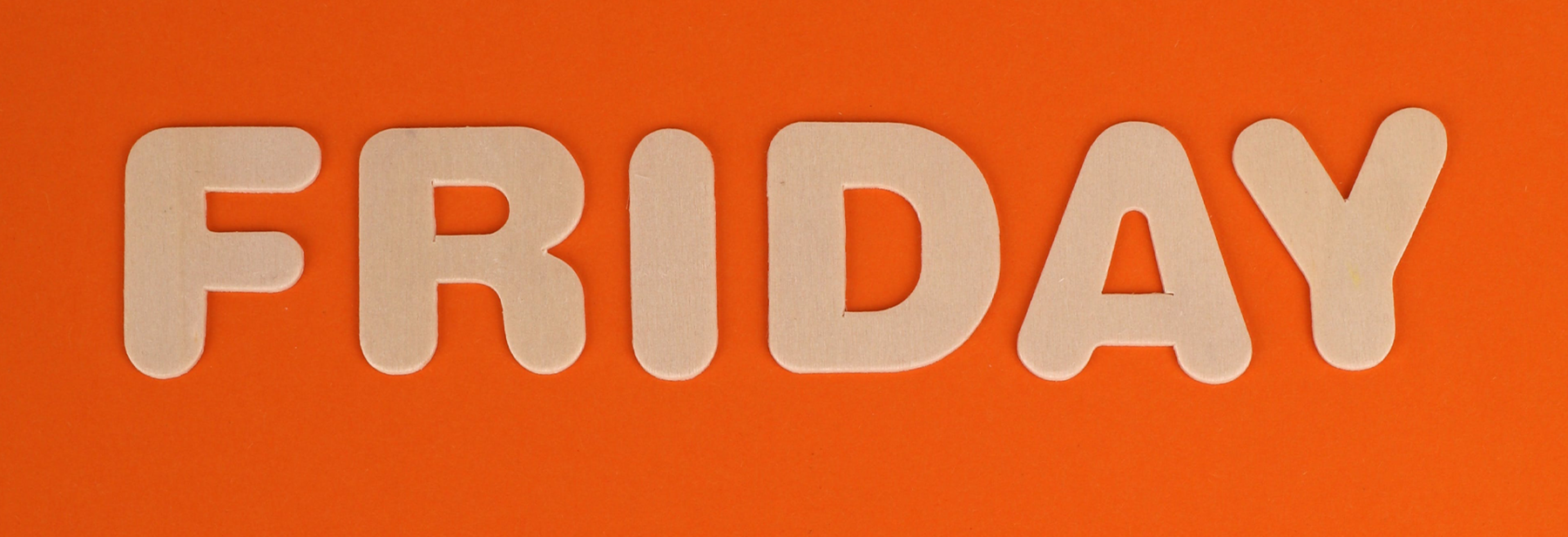
ServiceFriday: Not Slick Enough: How Customers Perceive Weight Discrimination
According to the National Center for Health Statistics, a little over 70% of the U.S. population is overweight and the World Health Organization noted that in 2018 the worldwide overweight population doubled between 1980 and now to a staggering 1.9 billion overweight adults. To put that number into perspective, the planet’s population is currently around 7.7 billion people. But with the overweight population growing, that doesn’t necessarily mean that discrimination has gone down. Recent studies show 40% of overweight people report frequent weight discrimination by services firms and frontline employees. With overt weight discrimination practices outlawed by legislation, do overweight consumers really detect covert weight discrimination and what are the factors of influence?
A recent article published in the Journal of Services Marketing featured three studies that answered these questions and more, as researchers examined the effects of perceived covert weight discrimination. The researchers initially suspected that the weight of the frontline employees, the self-esteem of the customers and the way the frontline employees treated other customers (of normal weight) all moderated the relationship between covert weight discrimination of customers by frontline employees and customer-perceived discrimination. Researchers followed the World Health Organization’s recommend threshold for overweight people as having a body mass index (BMI) of 25 or more.
In the first study, 268 overweight participants conducted an experiment where they were given one of three scenarios. The scenarios showed an employee either in a nondiscrimination condition, a discriminative condition, and or treating a normal weight customer in a neutral way. The results indicated that there was a positive effect of covert discrimination on perceived discrimination meaning that the participants generally knew when weight discrimination existed. No significant effect was found to exist between covert discrimination and employees’ neutral treatment of other customers. But the key finding from this study was that frontline employee weight does mitigate the effect of covert discrimination on perceived discrimination. This may be due to a stigma similarity shared by an overweight consumer and overweight frontline employee.
Study 2’s experiment was similar to that of Study 1’s with the exception being that the participants’ self-esteem was primed before the experiment took place. Observing self-esteem as a state rather than a trait (meaning it varies by situation), the researchers found that there was indeed a main effect of self-esteem and a significant two-way interaction between covert discrimination and self-esteem. “Individuals high in self-esteem perceived the discrimination more strongly compared to individuals low in self-esteem” they discovered.
Managerial implications
If it hadn’t already been assumed then these studies prove that, yes, overweight customers do know when frontline employees are covertly discriminating against them. Managers should ensure that all frontline employees are trained to treat vulnerable customers in an appropriate and nondiscriminatory way.
“Customers seem to rely on a categorization of the frontline employee in terms of similarity when facing a possibly discriminatory incident.” This is a key insight uncovered by this article and another reason the researchers push for diversity in the workplace. Diversity among the workforce can lead to less potential for discrimination in service encounters.
To read the full article, go to the Journal of Services Marketing at this link. (A fee may apply.)